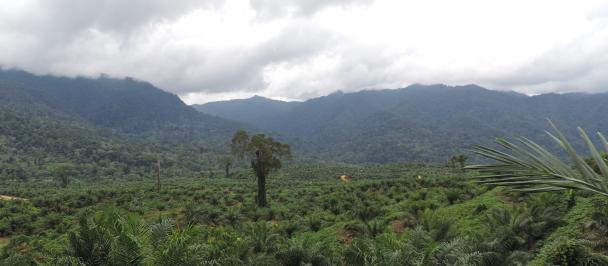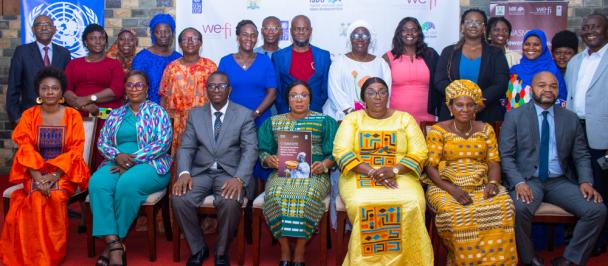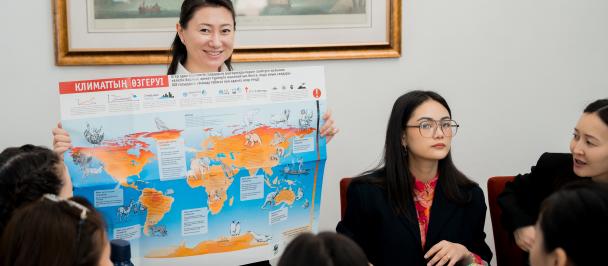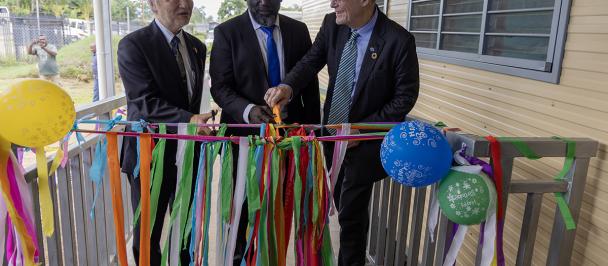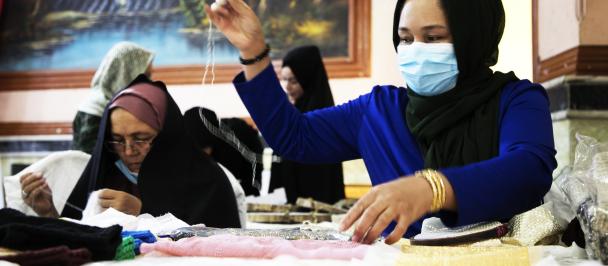Strengthening Milk Value Chain in Liptako Gourma; One Chain at a Time
February 3, 2023

A cursory analysis of the dairy sector in the border regions of Dori in Burkina Faso, Tera in Niger and Menaka in Mali, depicts a picture of a region with immense potential for milk value chain development. The indigenous Zebu exotic breed of cattle common in the region is a true reminder of the stoic resilience of the people of Liptako Gourma, especially the women.
The importance of Zebu cows to the people of Liptako Gourma cannot be gainsaid, they are used as a source of meat, milk, and as draft animals. The hide is variously used leather products, water carriers, storage, sleeping mats among others Their lean body and signature long horns are by default suited to bear the harsh climate in the area.
For ages, women have dominated the milk sector; one, because they culturally oversee milking of cows, transporting the produce and selling to final consumers; two, for women, it is a sense of pride, long engraved in their business acumen to tend to cows as a source of livelihood.
In the Liptako Gourma region, milk is ‘white gold’!
Unless concerted efforts are put in place to invest in the milk value chain, challenges pertinent to the growth of the dairy sector will continue to significantly compromise its growth.
It is for this reason that between November 2021 and January 2023, UNDP Accelerator Laboratories in Burkina Faso, Niger and Mali, with support from the Africa Borderlands Centre, embarked on a research study to evaluate the business viability of the dairy sector in the region. Findings reveal that the sector wields immense opportunities and protracted challenges in equal measure.
As a young girl, Mrs. Hama Koita Hadiatou would trek several kilometers to go to sell milk in the market in Dori. Her family reared Zebu cows which, although sturdy for the hot weather, are not commercially viable for large scale milk production. Even though the family owned a sizable herd of cattle, the volume of milk collected was not sufficient to warrant regular profits.
Mrs. Hadiatou narrated how milk will spoil during the rainy season because there were no facilities for bulking. Although there was a big market for milk in Tera, Niger. Mrs. Hadiatou family could neither sell nor market their milk beyond Dori.
Today, Mrs. Hadiatou is the president of Kossan N'Ai Bodeji, a mini milk dairy firm she founded in Dori to help small scale milk farmers, especially women and girls. Thanks to her vision, which she attributes to the challenges she lived while growing up, the distance travelled by milk sellers in her community has reduced significantly.
Across the three regions, there are at least 30 mini dairies which supply milk to borderland markets. These dairies are predominantly managed by women. During the rainy season, which is the peak for milk production, a good performing dairy can receive more than 3,000 liters of milk a day. Unfortunately, not all the milk is transformed into other dairy products such as pasteurized milk, sweetened curdled milk, yoghurt, butteror Gapal. Most of it is lost due to limited bulking equipment’s and poor handling procedures.
Milk losses through mini-dairies societies are estimated to be between 20 to 30 percent on average but can go up to over 50 percent in the rainy season when production is high, and roads are impassable.
During an interview with the president of the Dori Milk collectors, Mr. Dicko Hama Amadou noted that transportation is the biggest challenge facing milk farmers, he noted that “…because the distance from farmers to milk bulking centers is long, the milk will spoil along the way, during peak seasons, transporters cannot collect milk from most farmers because of the limited capacity to hold”.
The president of Menaka Municipale Council, Mr. Allaga Ag Salli noted that, in some instances, “…farmers can walk up to half a day to deliver milk, in hot temperatures, the milk can easily spoil, a fact which forces them to consume all the milk they produce”.
Challenges to the Milk Value Chain in Liptako Gourma
Conceptually, the milk value chain constitutes of six incremental components; inputs; production; transportation; bulking; processing and marketing. While the six components are interlinked, their success depends on security assurance, access, and infrastructure development. Inversely, insecurity incidences are high in the region.
In Menaka, episodes of impromptu lockdowns prompted by terrorism and infighting among host communities are common, sporadic, and regular. Limited supply of electricity coupled with weak internet coverage limited to a 5KMs radius of Menaka municipality underscore a disjointed milk value chain which cannot be gainfully developed to realize its full potential.
Another push factor for a disjointed milk value chain is weak infrastructure. There are two mobile phone network service providers; Orange and Mali-Tel, while both are available in Menaka circle, it is only Orange who provide internet and mobile money services. Yet, orange money agents are few to sustain a decent Mobile Money Operator (MMO) system, in place, actors in the milk value chain rely on cash transactions.
Opportunities in the milk value chain
There are approximately 3,000,000 animals in Dori, Tera and Menaka, majority are local breeds which are preferred for their tenacity amidst of the dry climate that is the hallmark of the Liptako Gourma region. While the global milk production per annum is 8000ltrs, the average milk production here is 630 liters!
During a field visit to Menaka in Ocober 2022, the Head of Office of the United Nations Multidimensional Integrated Stabilization Mission in Mali (MINUSMA), Kum Godlove Wallang noted that the demand for milk in Menaka is high. To the extent that what dairy farmers produce barely meets consumption needs at the household level.
Last year alone, the price of a liter of milk in Menaka increased by 50 percent. To overcome the demand induced scarcity, milk sellers in Menaka could stock powder milk from Algeria, which lies 500 kilometers further North. Market analysis suggests there is significant market opportunity for small-scale dairy farmers if they can improve their storage, reduce losses arising from transportation and establish a marketing platform.
Prevailing market needs for milk surpass local production levels, owing to demand induced scarcity (from Internally Displaced Persons) and lack of bulking facilities to enable processing. To offset this demand-supply imbalance, Menaka depends on milk supplies from the other three circles which are at a far distant. Demand for milk and milk products cannot be met by local production from the region, which necessitates imports from neighboring countries, especially Algeria. While Niger and Burkina Faso are nearer to Menaka, transport corridors linking the two are non-functional due to insecurity.
In an area with potential to process over one hundred million liters of milk per annum, the contribution of the Kossan N'Ai Bodeji mini dairy presents a model which should be duplicated across the borders, especially to the town of Tera which is 95 kilometers away.
Despite the huge potential, milk production has not been fully exploited and promoted. With low milk productivity, inefficient milk collection systems and weak milk value chain, many dairy farmers like Hadiatou cannot reap the full benefits from their production.
In Mali, the Africa Borderlands Centre (ABC), with support from the Swedish International Development Cooperation Agency (SIDA) is supported the dairy value chain in Menaka and Bamako. In 2022, ABC focused on bulking and transportation components in Menaka; this year, the milk sales digital platform developed for Translait cooperative in Mali will go live.
Tied together, the contribution of ABC and partners towards the three weakest components of the milk value chain will incrementally bridge the gap towards attaining the 2030 Sustainable Development Goals.
Authors: Dr. Kehinde Bolaji, ABC Programme Manager and and Dr. Enock Omweri, ABC Solutions Mapping Specialist

 Locations
Locations